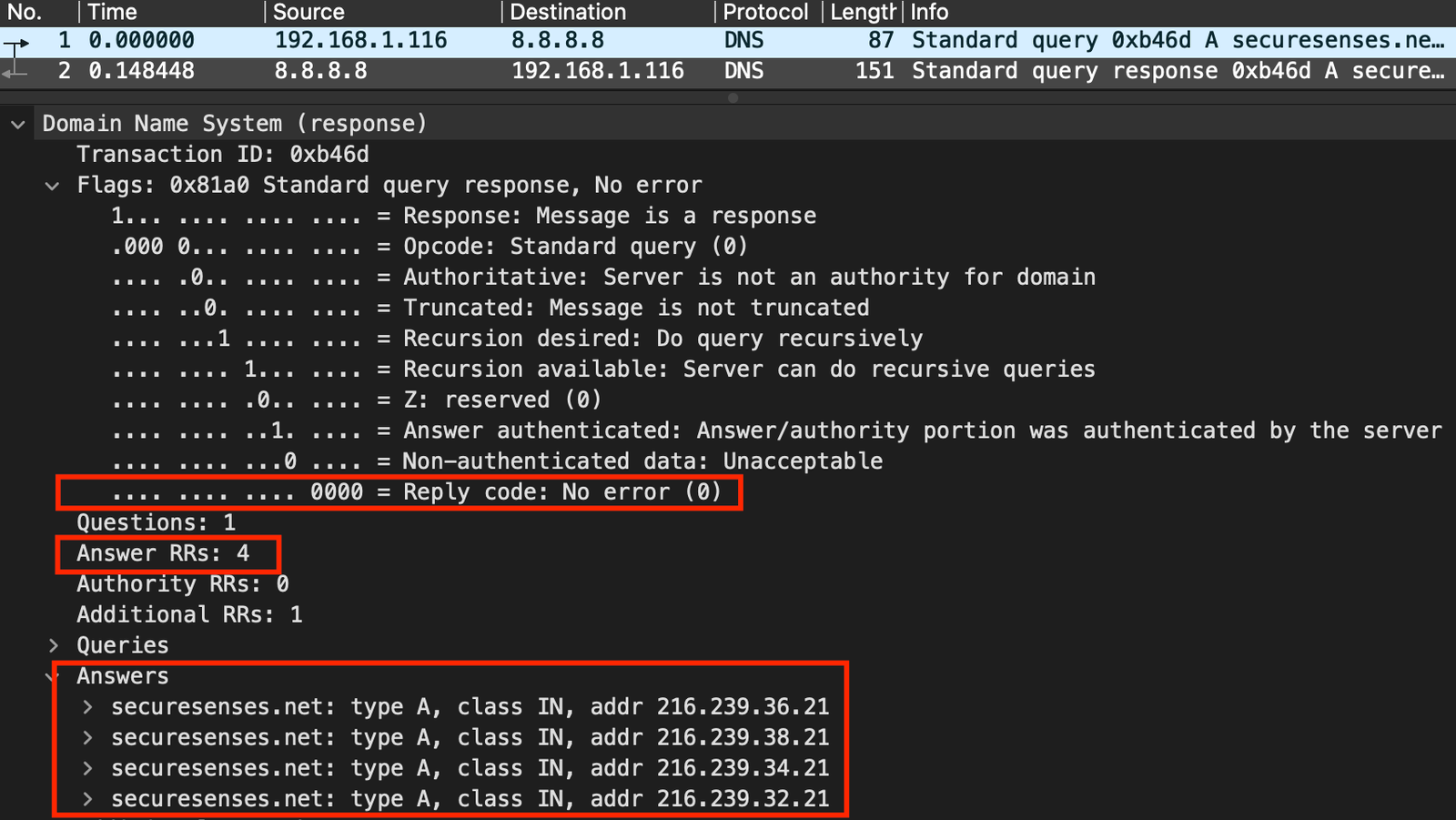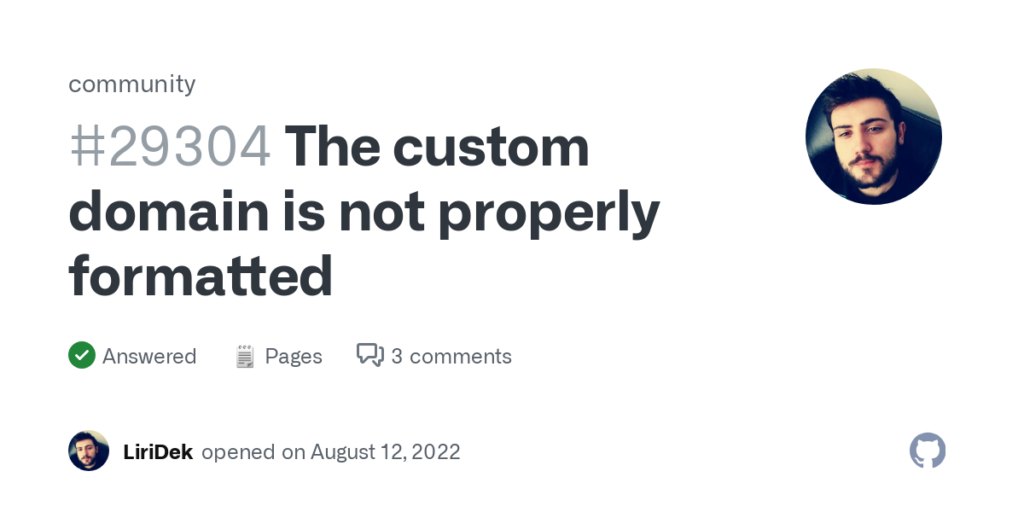
90.150.204 Com: Incorrect Domain Format
The 90.150.204 Com: Incorrect Domain Format” serves as a pertinent example of incorrect domain formatting, primarily due to its unconventional structure that combines an IP address-like format with a domain extension. This misalignment not only raises questions about its legitimacy but also underscores the importance of adhering to established domain naming conventions. Understanding the nuances of domain formats can illuminate the broader implications for website credibility and user trust. As we explore common formatting errors further, it becomes evident that the consequences of such missteps can be far-reaching.
Understanding Domain Formats
In the realm of internet infrastructure, a 90.150.204 Com: Incorrect Domain Format serves as a vital identifier for networked resources.
Understanding domain formats involves recognizing the significance of domain extensions and their role in URL structure. Each extension indicates the nature of the website, influencing user perception and accessibility.
A well-structured URL, complemented by appropriate domain extensions, ensures clarity and enhances the user experience, reinforcing digital freedom.
Read more: 90.150.204 Bokep: Reference to Adult Content
Common Formatting Errors
Common formatting errors in domain names can significantly impact website accessibility and credibility. Issues such as incorrect use of special characters, excessive length, and improper domain extensions hinder effective domain validation.
These errors detract from user experience, as they may lead to confusion or misdirection. Ensuring adherence to established formatting standards is crucial for maintaining a professional online presence and promoting seamless digital interactions.
Implications of Incorrect Formats
Incorrect domain formats carry significant implications that extend beyond mere accessibility issues.
They introduce legal implications, as non-compliance with regulations can lead to penalties.
Additionally, branding challenges arise when the domain fails to align with company identity, undermining user trust.
Furthermore, the SEO impact is detrimental, as search engines may penalize improperly formatted domains, reducing visibility and organic traffic to the website.

Best Practices for Domain Names
Choosing a domain name requires careful consideration to ensure it meets both functional and branding needs.
Opt for concise, memorable names that reflect your branding strategies. Prioritize clear spelling to avoid confusion during domain registration.
Avoid hyphens and numbers, which can complicate communication. Additionally, secure relevant domain extensions to enhance visibility, ensuring your online presence aligns with your brand’s identity and freedom of expression.
Read more: 90.150.204 Chrome: IP Access via Chrome Browser
Conclusion
In summary, adherence to correct 90.150.204 Com: Incorrect Domain Format formats is essential for fostering user trust and ensuring effective web navigation. The presence of unnecessary spaces, the use of IP address-like structures, and deviations from established naming conventions can lead to confusion, hinder validation processes, and compromise online credibility. By prioritizing clarity, conciseness, and conformity to best practices, website owners can enhance user experience, mitigate potential issues, and establish a robust online presence that resonates with audiences effectively.




